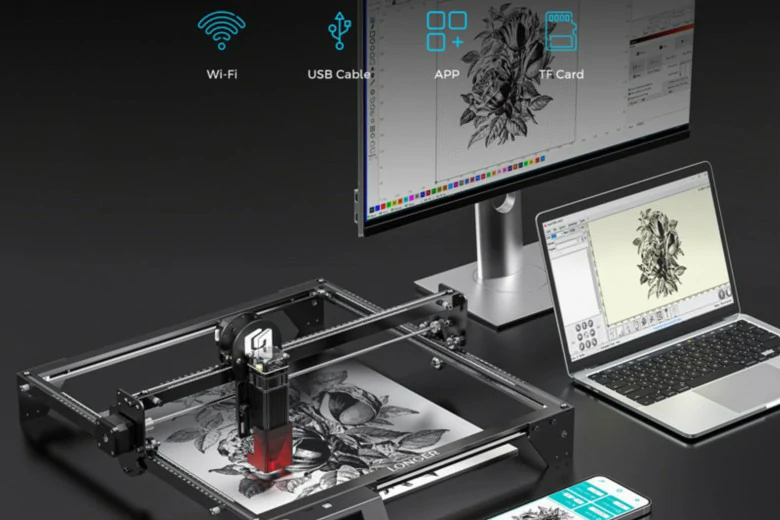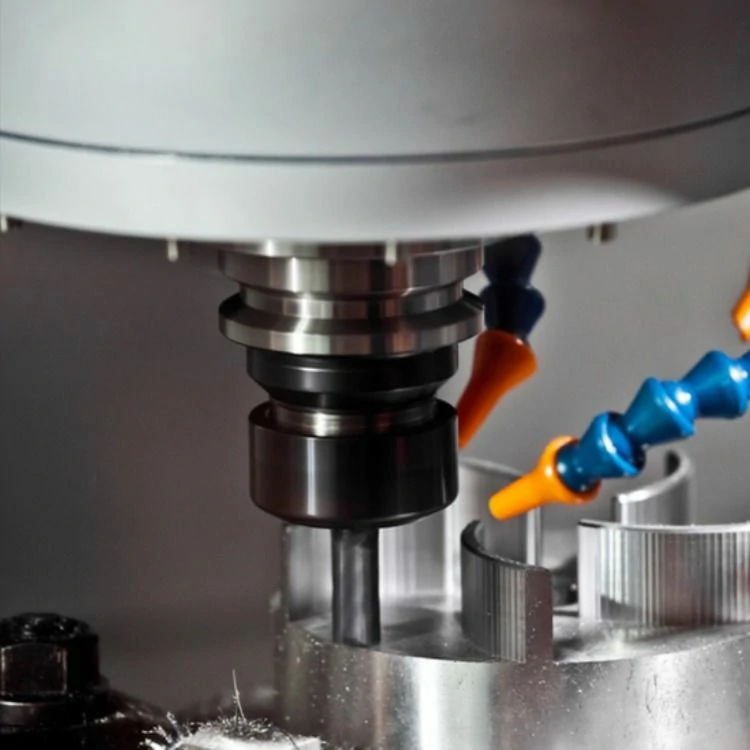Issues to Note when Surface Processing Industrial Control Aluminum Chassis CNC Machined Parts
Introduction:
The surface processing of CNC machined parts plays a crucial role in the overall quality and performance of industrial control aluminum chassis. By carefully considering and addressing specific issues during the surface processing stage, manufacturers can ensure that the final products meet the highest standards of aesthetics, functionality, and durability. In this article, we will discuss some key aspects and issues to note when surface processing CNC machined parts for industrial control aluminum chassis.
1. Material Selection:
Before diving into surface processing, it is essential to carefully select the appropriate aluminum alloy for the industrial control chassis. The selection should consider factors such as mechanical properties, corrosion resistance, and thermal conductivity. Commonly used alloys for industrial control aluminum chassis include 6061 and 7075. The chosen alloy should be compatible with the desired surface treatment techniques, such as anodizing or painting.
2. Pre-treatment Cleaning:
Surface cleaning is a critical step in preparing CNC machined parts for further processing. Effective pre-treatment cleaning removes contaminants like oils, greases, and dust from the surface, ensuring proper adhesion of subsequent coatings or finishes. Depending on the specific requirements, cleaning methods can include solvent cleaning, alkaline cleaning, or abrasive cleaning. Care must be taken to avoid damaging the machined parts during this process.
3. Deburring:
Deburring is essential to remove any sharp edges or burrs left behind after CNC machining. Burrs not only affect the appearance but can also impact the functionality and safety of the industrial control aluminum chassis. There are several deburring techniques available, such as manual deburring, vibratory tumbling, or using specialized deburring tools. Proper deburring ensures a smooth and clean surface, ready for subsequent processing.
4. Surface Finishing Techniques:
There are various surface finishing techniques available to enhance the appearance and protect the industrial control aluminum chassis. Commonly used techniques include anodizing, painting, powder coating, and plating. Anodizing creates a protective oxide layer on the aluminum surface, enhancing corrosion resistance and providing a range of color options. Painting or powder coating adds an aesthetic appeal while also providing a protective layer. Plating techniques like nickel or chrome plating offer increased durability and a decorative finish. The choice of surface finishing technique should be based on the specific requirements of the industrial control aluminum chassis.
5. Quality Control:
Throughout the entire surface processing stage, quality control measures should be implemented to ensure that the machined parts meet the desired specifications. Regular inspections, such as visual inspections and dimensional measurements, should be conducted to identify any defects or inconsistencies. Additionally, quality control procedures should include adhesion tests, corrosion resistance tests, and other relevant assessments to guarantee the longevity and functionality of the finished industrial control aluminum chassis.
Conclusion:
Surface processing of CNC machined parts for industrial control aluminum chassis is a crucial step in ensuring the final product’s quality and performance. By carefully considering material selection, pre-treatment cleaning, deburring, surface finishing techniques, and implementing stringent quality control measures, manufacturers can produce industrial control aluminum chassis that are not only visually appealing but also durable and functional. Attention to detail during surface processing will undoubtedly contribute to the overall success of industrial control systems in various applications.




